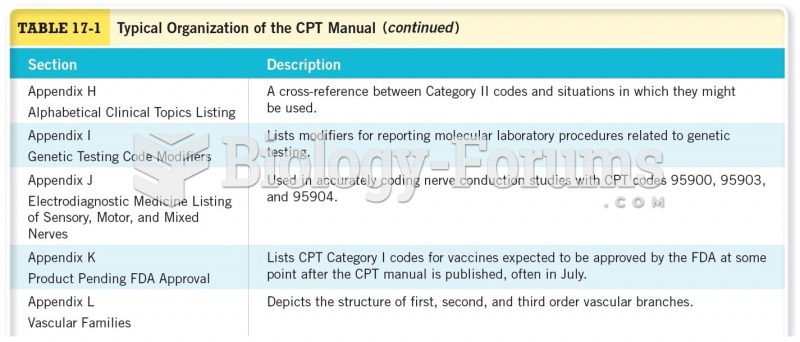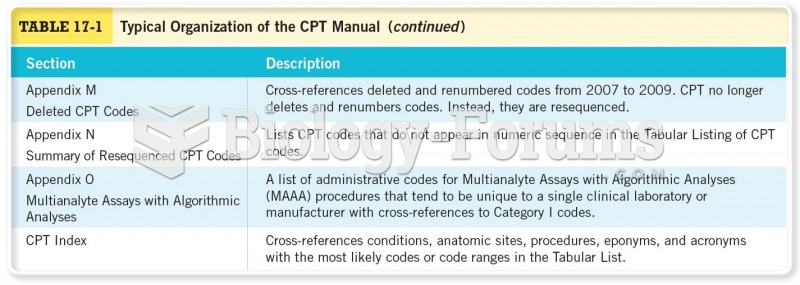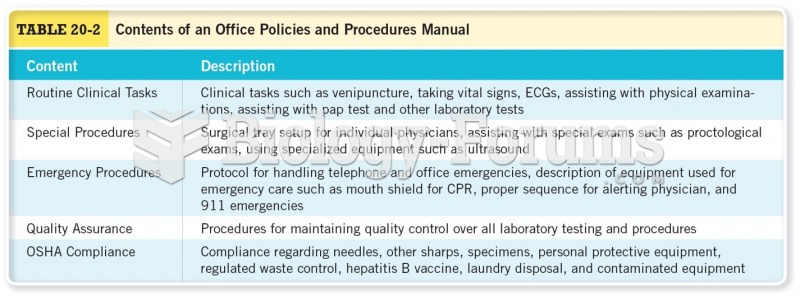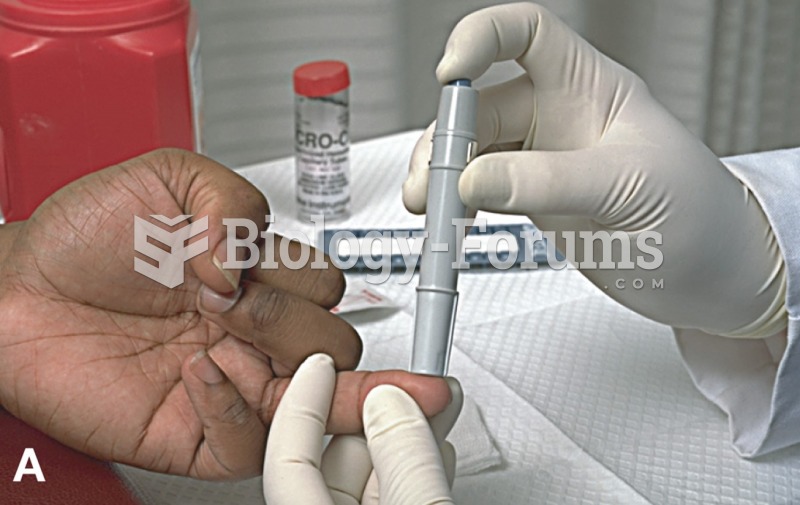|
|
|
Medication errors are more common among seriously ill patients than with those with minor conditions.
The effects of organophosphate poisoning are referred to by using the abbreviations “SLUD” or “SLUDGE,” It stands for: salivation, lacrimation, urination, defecation, GI upset, and emesis.
Aspirin is the most widely used drug in the world. It has even been recognized as such by the Guinness Book of World Records.
The Food and Drug Administration has approved Risperdal, an adult antipsychotic drug, for the symptomatic treatment of irritability in children and adolescents with autism. The approval is the first for the use of a drug to treat behaviors associated with autism in children. These behaviors are included under the general heading of irritability and include aggression, deliberate self-injury, and temper tantrums.
By definition, when a medication is administered intravenously, its bioavailability is 100%.







